What is rhodium and where is it used?

Rhodium is a rare precious metal and is well known to jewelry lovers. Rhodium-plated coating prevents scratches and abrasions on precious items, contributing to the preservation of the original look for a long time.
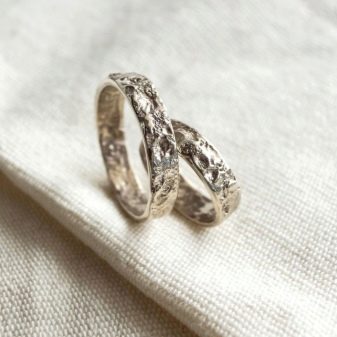
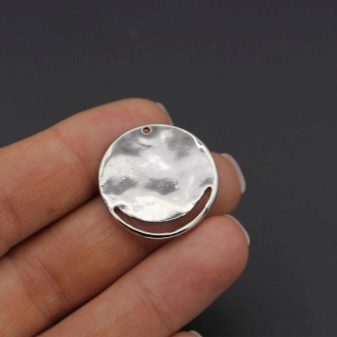
What it is?
Rhodium is a chemical element N45 from the periodic table, which belongs to the noble metals of the platinum group. The element was discovered by the Englishman William Hyde Wollaston in 1803 while working with a platinum solution. In it, the chemist discovered a bright pink powdery substance called rhodium, which means "rose" in Greek.
Rhodium is one of the rarest and most expensive metals which is due to the complexity of its separation from platinum on an industrial scale. In nature, it is present in minerals that include several platinoids in their composition at once. Experts note that to obtain 1 kg of this metal, several tons of native platinum are required. Wollaston isolated rhodium in the following way: after the synthesis of sodium hydrogen salt of rhodium, he calcined a pink-red powder over a hydrogen flame for a long time, as a result of which he received only a few drops of pure metal.
Later, through the efforts of Professor Lebedinsky, a new method of separating rhodium was discovered. - exposure to the solution of platinoid salts by cold. As a result of cooling, a precipitate was formed in the solution, represented by compounds of rhodium and iridium. This method has become widespread in the chemical industry and is still used today. Today, using the Lebedinsky technique, about 30 tons of pure metal are released annually.
The procedure aimed at separating platinum and obtaining the most pure rhodium is called refining.
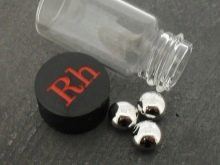
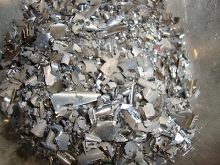
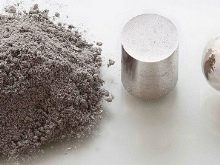
As for the appearance of rhodium, the red-pink shades are characteristic only for its compounds, while the metal itself looks similar to silver, although it is inferior to it in brightness. So, the amount of light reflected by this metal is 80%, while for silver this figure is 95%... Despite this, rhodium is often used in the manufacture of technical mirrors instead of silver. This is due to the refractoriness of the platinoid and its ability to work at an increased density of electromagnetic radiation, including the infrared range. In other words, rhodium plating can last for many years, while silver plating under similar conditions will not last even a day.
The characterization of the metal would be incomplete without mentioning its cost. The price of pure rhodium varies constantly and depends on the annual production volume. Thus, as of August 2016, a troy ounce of rhodium (31.1034768 g) cost about $ 700, but in subsequent years the price rose sharply. In early 2020, a one-ounce rhodium bar was priced at $ 9,000. The high cost is explained by the fact that the metal does not have its own mineral and is contained in native platinum, nickel and copper ores, as well as in gold-bearing sands as a companion.
However, the highest rhodium content is found in the osmist iridium variety - rhodium nevyanskite, which contains about 11.3% of pure precious metal.
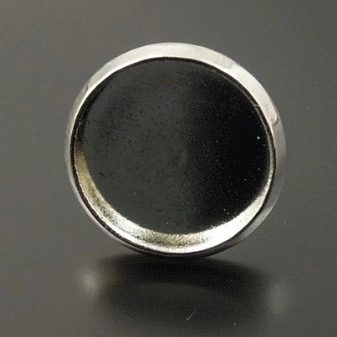

Composition and properties
Rhodium is a hard noble silvery metal that surpasses its "progenitor" platinum in chemical resistance in many corrosive environments. The electronic formula of its atom is as follows: Rh - 1s 2 2s 2 2p 6 3s 2 3p 6 4s 2 3d 10 4p 6 4d 8 5s 1. The metal dissolves well during boiling in aqua regia (a mixture of HCl and HNO3), in an H2SO4 concentrate (when heated) and in hydrogen peroxide. The melting point is 1964 ° C, the boiling point is 3697 ° C, the density of the metal at 20 ° C is 12.41 g / cm3. Rhodium belongs to the group of rare earth metals, in the solid state it has a silvery color with a cold tint.
Rhodium is chemically stable, as a result of which it reacts very poorly with non-metals - only upon reaching the red heat temperature. Delayed oxidation of the metal is possible only in the crushed state and only at 1000 ° C.
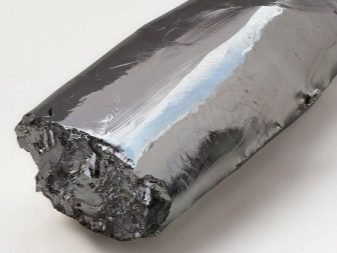
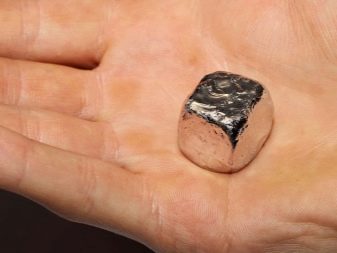
Due to the high plasticity that appears when heated to 850-900 degrees, the metal is transformed into a thin wire, from which, after several annealing and rolling, the thinnest foil is obtained.
An important quality of metal is its ability to change its color, which is especially valuable in jewelry. So, when calcined at a temperature of 800 ° C, rhodium becomes covered with an oxide film, which disappears when the temperature rises to 1000 ° C. Black rhodium is especially appreciated, which is indispensable in the manufacture of jewelry of the most exquisite configurations. Another property of a metal is its ability to act as a catalyst for most chemical reactions. So, with the help of crushed rhodium powder, ordinary wine alcohol can be turned into acetic acid.
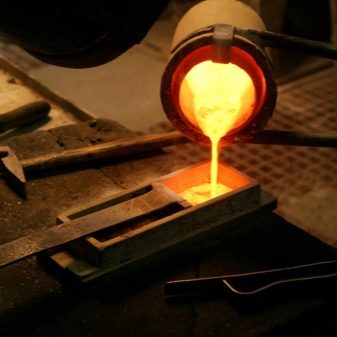
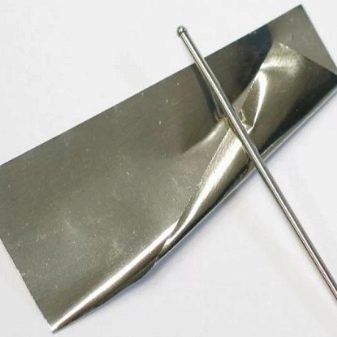
Deposits and production
The annual world production of rhodium is 30 tons. Such small production volumes are due to the low content of the element in the earth's interior and the absence of its own minerals. The main deposits of the metal are located in South Africa, which supplies 75-80% of rhodium to the general market. Less rich deposits are found in Canada, Columbia and Russia - in countries with an average concentration of native platinum in the earth's interior.
In addition to refining, the separation of its stable isotope from plutonium, uranium and thorium, which are widely used in nuclear power, is considered a promising method for extracting metal.Obtaining rhodium in this way can solve the problem of high demand and insufficient volumes of metal mined at the deposits. Taking into account the developed nuclear industry and the high content of rhodium in nuclear fuel (up to 400 g / t), the problem of rhodium deficiency can be solved, and nuclear power will become the main supplier of this metal to world markets.


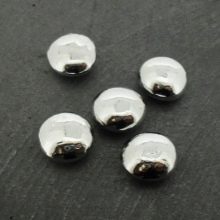
Where is it used?
The field of application of rhodium is quite wide. The metal is in demand in many areas of the chemical industry and processing, where it is used as a catalyst, structural raw materials and jewelry material.
Catalyst
In this capacity, the metal is used in chemical reactions, the most common of which is the production of acetic acid from methyl alcohol. It is also used to create neutralizing filters designed to work with exhaust gases from automobiles. And rhodium-platinum alloys are considered the most effective catalysts in the production of HNO3 by the oxidation of ammonia using air, and no alternative to rhodium has yet been found in this production.
Today, up to 81% of existing catalysts are rhodium-based.
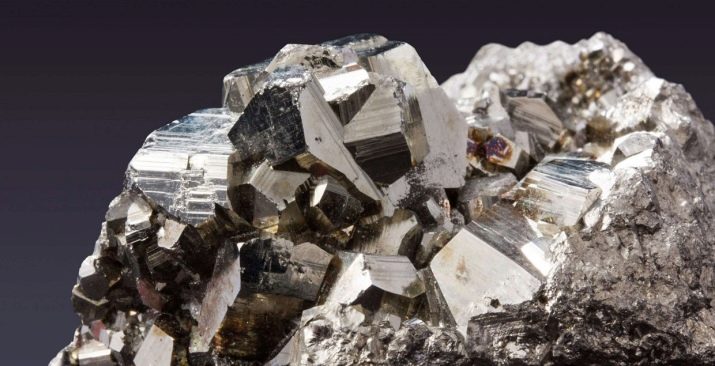
Construction material
Rhodium is indispensable in the manufacture of glass for liquid crystal devices, for the production of which its alloy with platinum is taken. In this regard, the consumption of metal is growing steadily in proportion to the growth in the production of modern gadgets. Rhodium is actively used in the manufacture of technical mirrors, projectors and other reflective surfaces that will be used in extreme conditions and in laser installations.
It is impossible not to mention the platinum-rhodium crucibles used for growing precious stones and crystals with electro-optical properties in laboratory conditions.... In combination with iridium or platinum, the metal is often used for the manufacture of thermocouples required for measuring extreme temperatures (over 2200 ° C). It should be noted the role of metal in the process of manufacturing laboratory test tubes and flasks used for chemical experiments. Due to the fact that rhodium does not interact with practically any substances, any formulation can be poured into such dishes.
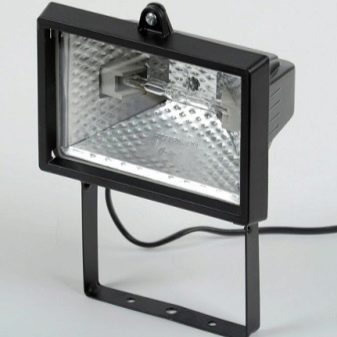
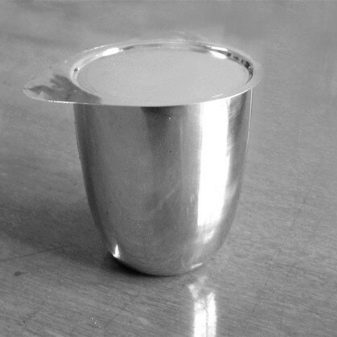
Jewelcrafting
Rhodium is widely used in jewelry making, performing two functions at once - protective and decorative. For example, silver coated with a thin rhodium layer acquires a deep shine, does not darken or oxidize in air, and rhodium-plated gold due to the high hardness of the metal (6 units of the Mohs school) becomes more durable and wear-resistant. In addition, the metal is needed to obtain white gold, which is very popular among jewelry lovers, and its oxides are involved in the creation of black gold - the avant-garde trend in the fashion of precious metals.
Cold, but at the same time deep and mesmerizing rhodium shine goes well with cubic zirconia, zirconia, diamonds and precious metal inserts. In addition, the metal is often used as a ligature in the manufacture of platinum and palladium jewelry. Rhodium-plated products do not require regular cleaning and retain their original shine for a long time.
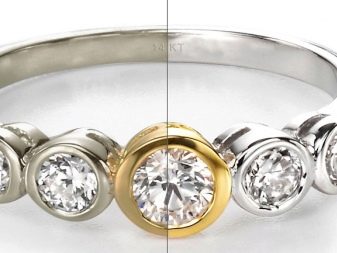
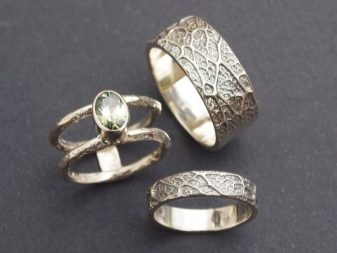
In addition to its decorative function, rhodium plating significantly reduces the allergenicity of white gold, which, with constant contact with the skin, causes redness and itching. A layer of this metal prevents the unpleasant consequences of wearing jewelry, which is especially valuable for people suffering from skin diseases. However, along with a large number of advantages, rhodium plating still has disadvantages: rhodium plating requires periodic renewal, and its very presence significantly increases the price of a jewelry.
In addition to the areas of application discussed, rhodium is used in the manufacture of coins. So, in 2009, the first purely rhodium coins were issued at the US Mint, which were not used as means of payment, but served as an investment. However, a little later (in 2014), the National Bank of Rwanda issued the first rhodium coin with a denomination of 10 Rwandan francs, which began to be used as a means of payment.
Another area of application of this noble metal is the nuclear industry. Rhodium detectors are successfully used as neutron flux meters in nuclear reactors.



What radio parts are contained in?
In Soviet times, it was believed that many radio components were made of pure rhodium. However, this was far from the case, and the metal was used only to cover the contacts of the connectors. For the manufacture of the parts themselves, it was not suitable, since it was quite fragile and overly brittle. But as a coating, it was irreplaceable, due to its good corrosion resistance and high reflectivity of electromagnetic rays. Rhodium-plated contacts (reed relays) of the RES-55 (A) type in the RS 4569601, RS 4569602, RS 4569603, RS 4569604 and RS 4569605 series.
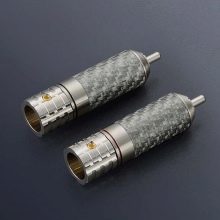
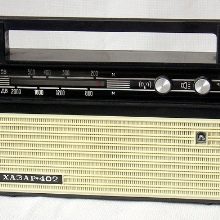
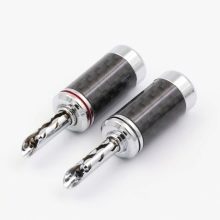
The following video will tell you what gold rhodium plating is.








